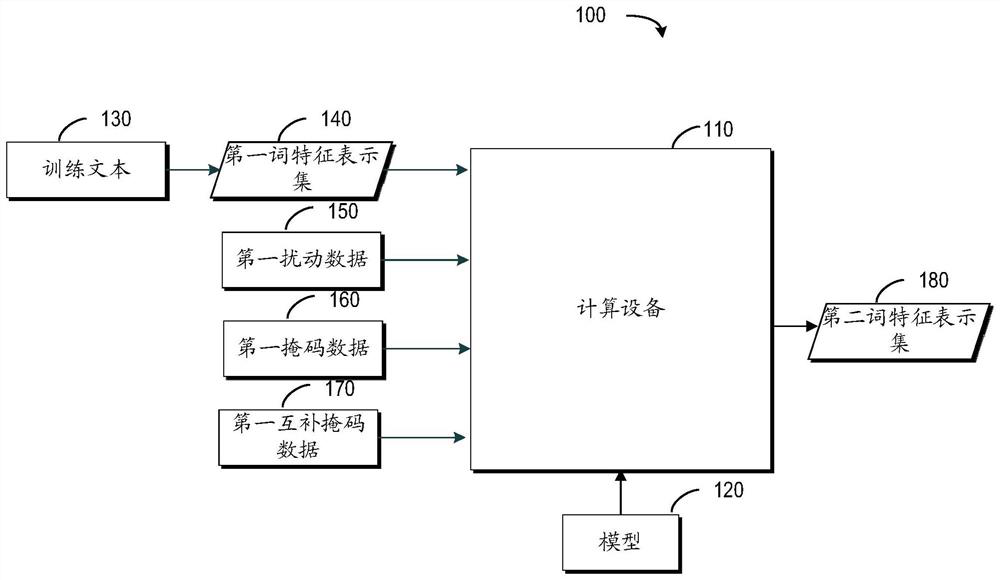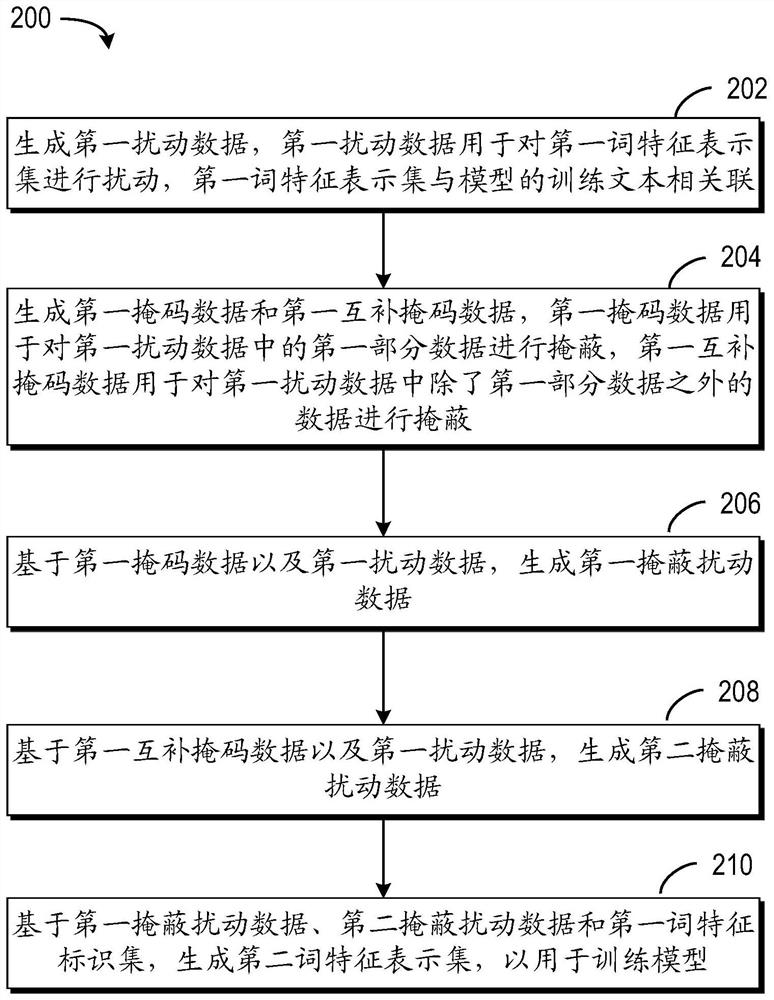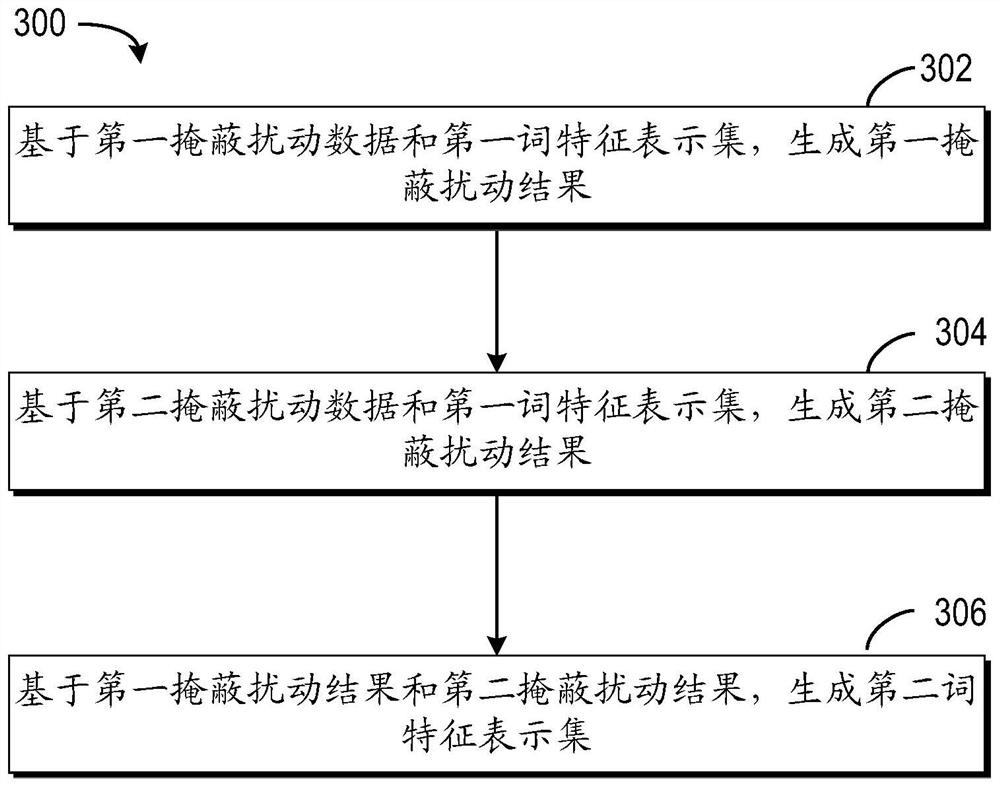Method and device for training model, equipment, medium and program product
A training model and model technology, applied in the field of deep learning, can solve problems such as complex models, and achieve the effect of improving generalization ability and robustness
- Summary
- Abstract
- Description
- Claims
- Application Information
AI Technical Summary
Problems solved by technology
Method used
Image
Examples
Embodiment Construction
[0024] Exemplary embodiments of the present disclosure are described below in conjunction with the accompanying drawings, which include various details of the embodiments of the present disclosure to facilitate understanding, and they should be regarded as exemplary only. Accordingly, those of ordinary skill in the art will recognize that various changes and modifications of the embodiments described herein can be made without departing from the scope and spirit of the disclosure. Also, descriptions of well-known functions and constructions are omitted in the following description for clarity and conciseness.
[0025] As mentioned above, the problems of model training overfitting and poor robustness began to emerge. Traditional perturbation-based model training methods mainly include the following three types: 1) word replacement, randomly replacing some words in the parallel corpus with any word in the vocabulary; 2) word discarding, randomly using all-zero word vectors inste...
PUM
 Login to View More
Login to View More Abstract
Description
Claims
Application Information
 Login to View More
Login to View More - R&D
- Intellectual Property
- Life Sciences
- Materials
- Tech Scout
- Unparalleled Data Quality
- Higher Quality Content
- 60% Fewer Hallucinations
Browse by: Latest US Patents, China's latest patents, Technical Efficacy Thesaurus, Application Domain, Technology Topic, Popular Technical Reports.
© 2025 PatSnap. All rights reserved.Legal|Privacy policy|Modern Slavery Act Transparency Statement|Sitemap|About US| Contact US: help@patsnap.com



